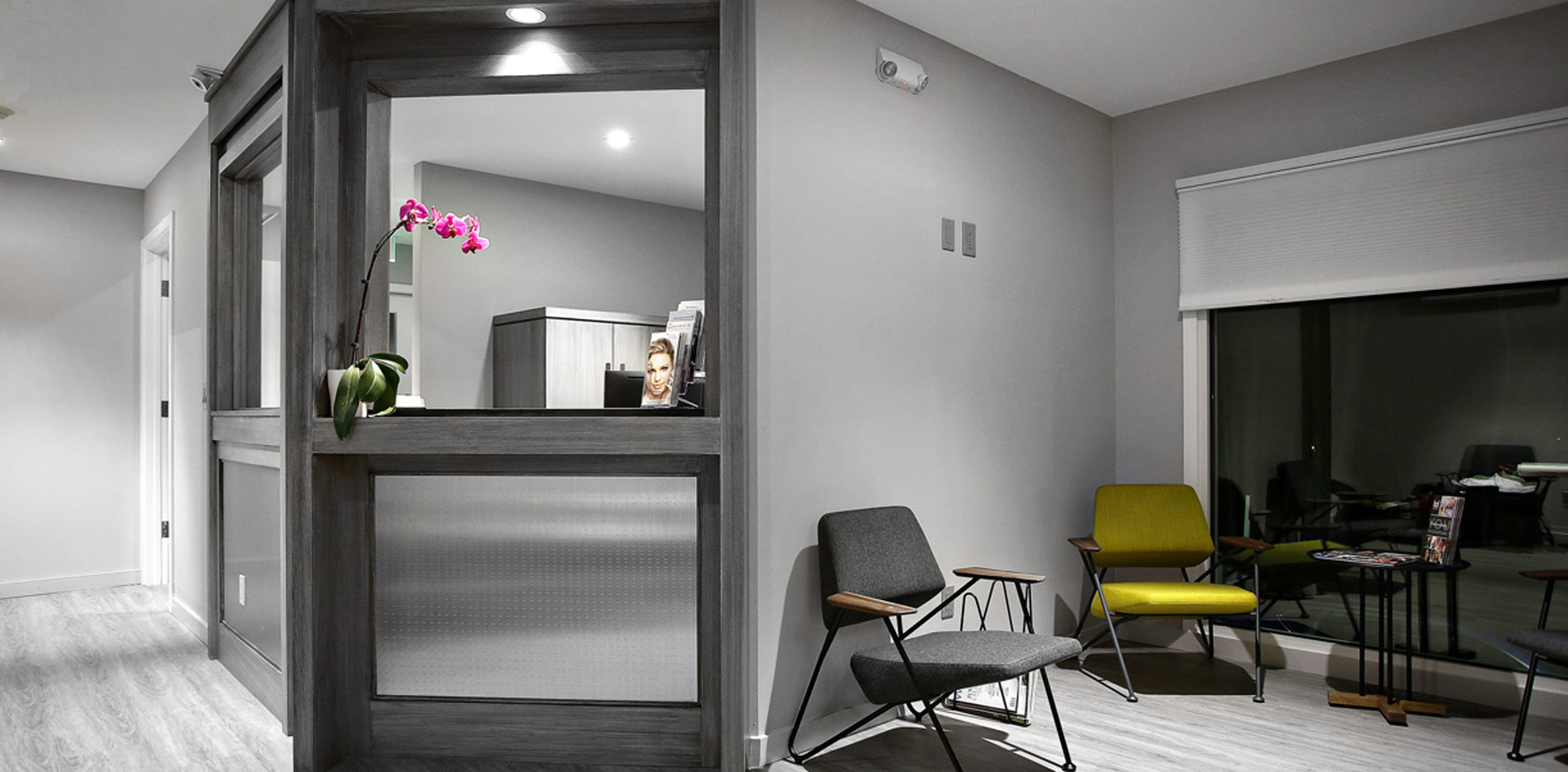Orbital Fractures
The bony eye socket structure is called the orbit. Any type of blunt force facial trauma can damage the orbital bones and cause an orbital fracture. A fracture is a broken bone in the eye socket involving the rim, the floor or both. These fractures are commonly caused by a blunt object striking the eye socket, such as a rock, baseball, hockey stick, hammer, fist or even as a result of falling off a bicycle or during a car accident. Different types of orbital fractures can occur since the rim of the socket is made of fairly thick bones, while the floor and nasal side of the socket is paper thin in many places. There are three main types of orbital fractures that we see:
Orbital Rim Fractures-These fractures occur in the bony outer edges of the eye socket. The rim is the thickest part of the socket, so rim fractures require a great deal of force to occur. Car accidents are a primary cause of orbital rim fractures. Because of this, many other injuries are often sustained at the same time, including facial trauma and optic nerve damage.
Blowout Fractures-These fractures occur when the rim stays intact, but a crack forms in the wafer thin bone that makes up the floor of the eye socket. The crack on the floor can pinch the eye muscles and nearby anatomy, preventing the eyeball from moving freely within the eye socket. These fractures are usually caused by an object larger than the eye opening, such as a baseball.
Direct Orbital Floor Fractures-These fractures are rim fractures that have extended into the floor of the bony orbit.
Diagnosis of Orbital Fractures
Patients who had facial or ocular trauma may report blurry or decreased vision, “black & blue” eyes, an inability to look up, down, left or right and often double vision, swelling of the forehead or cheek area, bulging or sunken eyes, check pain when trying to open your mouth, facial numbness and even blood in the area around the white of the eye. If it has not already been ordered we may request an MRI or CT Scan to prepare an accurate diagnosis.
Treatment of Orbital Fractures
Dr. Sierra will evaluate the amount of damage and determine if surgical repair is necessary. Surgical repair of the facial bones is usually necessary if a blowout fracture traps muscles or soft tissues of the orbit and causes double vision or nerve injury or makes the eyeball sunken and if symptoms do not go away in 2 weeks. After ensuring that the fracture has not damaged a vital structure, Dr. Sierra will replace the bones in their proper position, sometimes using implants, a thin plastic sheet, or a bone graft to connect the broken parts and assist healing.
As a reconstructive and cosmetic eye plastic surgeon Dr. Sierra has extensive experience in diagnosing, managing and treating patients with orbital fractures.


